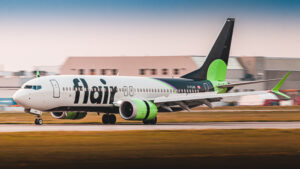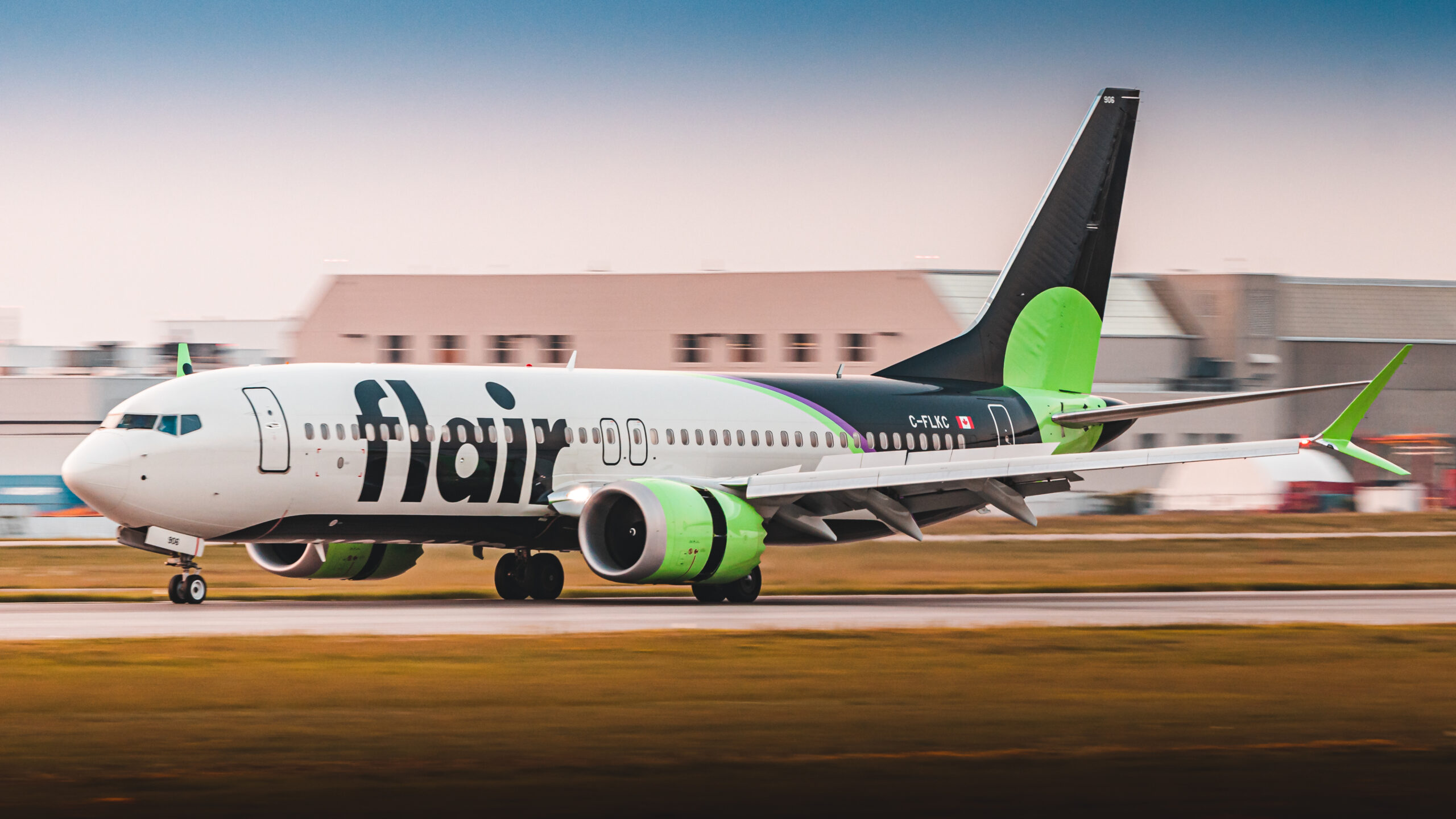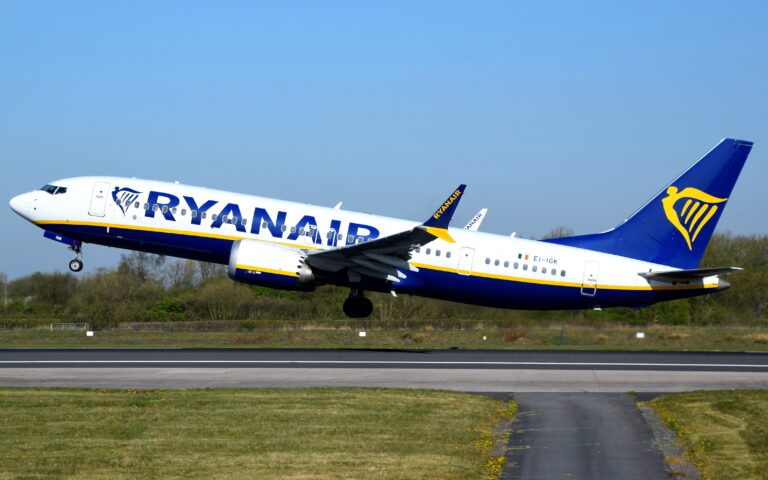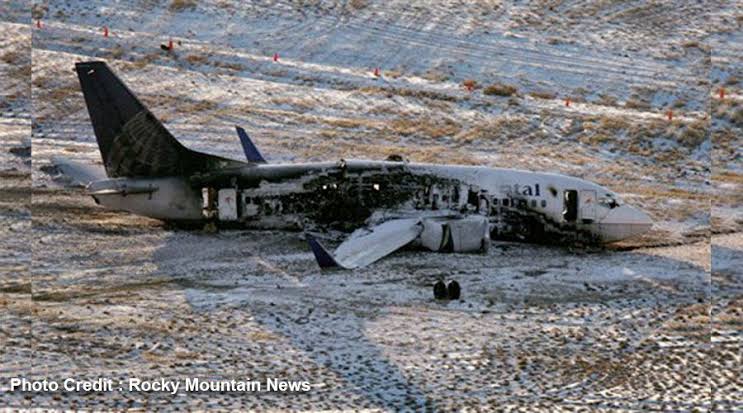Flair Airlines Incident: What Happened
On November 25, 2022, a Flair Airlines Boeing 737-800 (registration C-FFLC) overran the runway at Region of Waterloo International Airport in Ontario. The incident, which occurred during a landing in darkness, involved 134 passengers and six crew members. Fortunately, there were no injuries, but the aircraft sustained minor damage and came to rest approximately 500 feet beyond the runway’s end.
Sequence of Events
The flight originated from Vancouver International Airport. During the approach to Kitchener/Waterloo Airport, the captain intended to disconnect the autothrottle but inadvertently pressed the takeoff/go-around (TO/GA) switch. This action caused the autothrottle to command increased engine thrust. Unaware of this, the captain held both thrust levers at idle during the landing flare. After touchdown, he removed his hand from the left thrust lever to activate the right engine’s thrust reverser. With the aircraft still in go-around mode, the left engine began advancing toward maximum thrust, deactivating the automatic braking systems and causing control difficulties. Despite manual braking efforts, the aircraft could not stop within the remaining runway and overran by approximately 500 feet.
Contributing Factors
The Transportation Safety Board of Canada (TSB) identified several contributing factors:
Pilot Fatigue: The captain had accrued significant sleep debt and was operating after nearly 18 hours of wakefulness, diminishing attention and increasing the likelihood of errors.
Inadequate System Cues: The aircraft’s systems did not provide sufficiently noticeable visual or aural cues to alert the flight crew to the inadvertent mode change during the critical phase of flight.
Maintenance Oversight: The aircraft had an inoperative left engine thrust reverser, a defect first reported in May 2022. Despite 22 subsequent reports, it was not classified as a recurring defect, and the underlying issue remained unaddressed.
Aftermath and Safety Measures
Following the incident, Flair Airlines revised its operating procedures to reinforce the requirement of disengaging both the autopilot and autothrottle simultaneously. This change aims to prevent similar occurrences by ensuring that both systems are appropriately managed during critical flight phases.
The TSB’s investigation highlights the importance of addressing pilot fatigue, ensuring effective maintenance practices, and providing clear system alerts to enhance aviation safety.
For a visual explanation of the incident, you can watch the following video:






